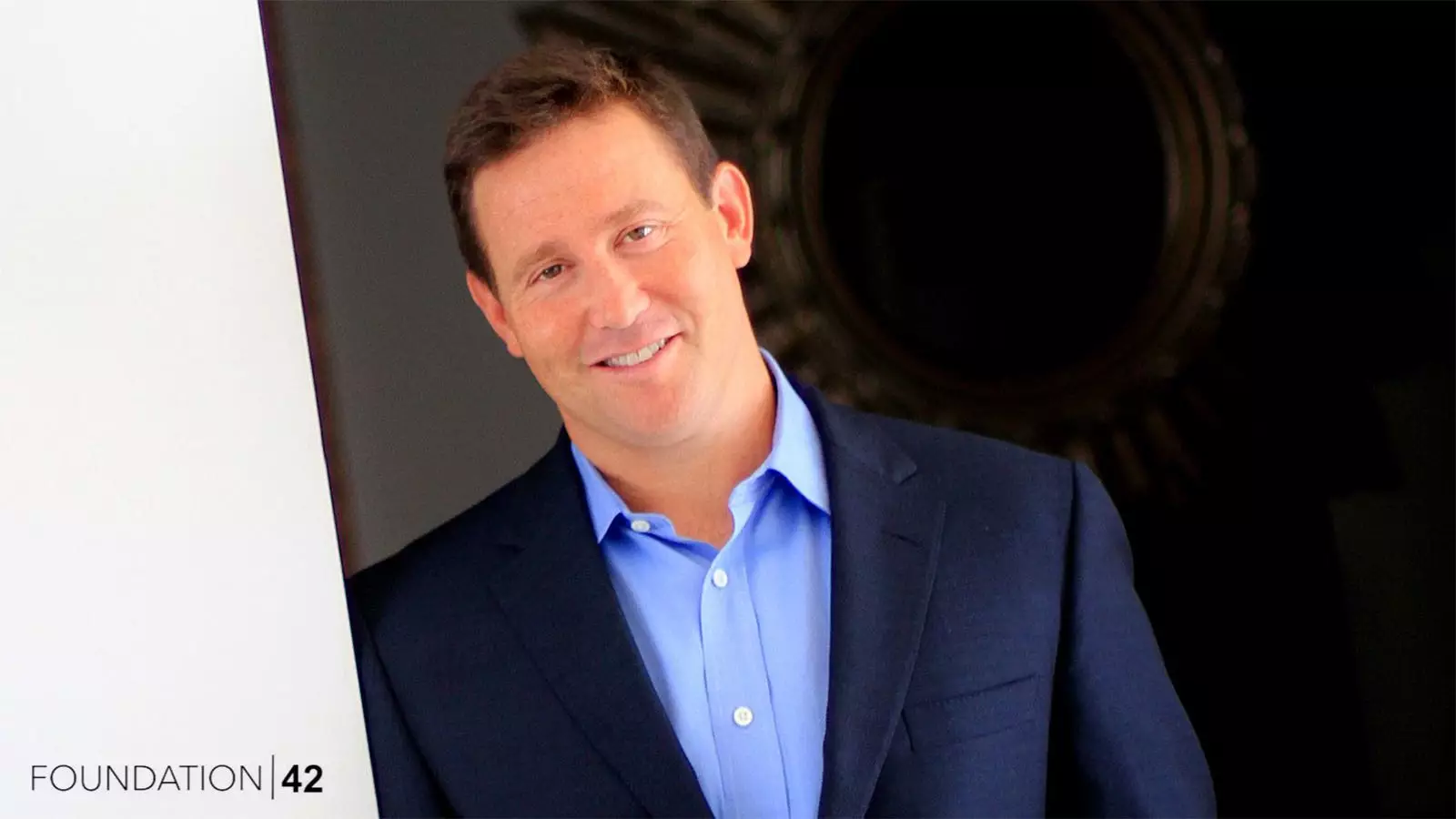Entering the healthcare field can often feel like stepping into an intricate labyrinth, with each turn presenting new challenges, outdated models, and persistent barriers to effective care delivery. With over three decades in this complex ecosystem, I’ve experienced firsthand the numerous well-meaning strategies aimed at rejuvenating a system that, despite its flaws, carries the weight of countless lives. My tenure on the Board of Trustees at what was previously known as Catholic Healthcare Partners revealed to me the essential need for transformative change, especially during the tenure of Brent Asplin, MD, MPH, as chief medical officer. During our time together, we initiated a crucial pivot towards population health, embracing a multidimensional strategy that included innovative payment frameworks and comprehensive governance adjustments.
This journey propelled me to explore the formative project known as Foundation|42, a highly ambitious attempt to fundamentally revamp healthcare delivery and financing in America. Spearheaded by Jon Gordon, a venture capitalist whose expertise lies in optimizing business models, Foundation|42 seeks to address the fissures in the current healthcare framework with a refreshing perspective. Gordon’s base premise appears to stem from the idea that existing healthcare economics fail to adapt swiftly enough to advancements in medical knowledge and the needs of patients, thus demanding a revolutionary shift in how care is conceptualized and executed.
During early discussions concerning Foundation|42 with various stakeholders, I noted that while the fundamental tenets laid out in the reports resonated with established healthcare goals, they predominantly reinforced concepts that have trended in industry conversations for years. The core themes included a shift from system-centric paradigms to an individual-focused approach, adopting a holistic lifespan perspective of health, advocating for equitable access, and prioritizing long-term relationship-building and resource management over short-term gains.
These foundational principles are certainly commendable and echo what most healthcare professionals and enthusiasts affirm. However, the true challenge lies ahead in moving past ideology and into the realm of execution. Past initiatives with similar ambitions have failed to materialize into needed transformation due to practical missteps, lack of actionable strategies, and insufficient buy-in from essential stakeholders. Therefore, while the foundational elements appear sound, unearthing the underlying actionable insights that can catalyze real change will be integral to Foundation|42’s success.
The need for a refreshingly innovative model in healthcare delivery and financing cannot be overstated. Gordon recognizes that the existing economic framework lags behind modern medical advancements, ultimately hindering the care that patients receive. With Foundation|42, he presents a three-pronged strategy that encapsulates design, deployment, and fostering an innovation ecosystem. Each of these stages is crucial, yet nothing short of meticulous execution paired with unyielding commitment from industry leaders and practitioners can ensure that this new model flourishes.
The design phase has already garnered attention, with over 150 healthcare executives participating in preliminary dialogues to validate the foundational thesis. Engaging this diverse group could lead to comprehensive insights that respect the complexities of the healthcare environment while still valuing the necessity for a transformative model. However, mere participation does not guarantee commitment or success. Real transformation requires buy-in, a shared vision, and a relentless push against the inertia that often stymies progressive ideas.
As an observer seasoned in the trials of healthcare reform, I remain cautiously optimistic yet skeptical. While Foundation|42 embodies the vital elements for success—thoughtful planning, collaborative engagement, and resourcefulness—the enormity of the task at hand cannot be overlooked. The Herculean effort mandated for even minor changes within a single health entity warns us of the formidable obstacles that persist at a national scale.
What is clear, however, is that we stand at an intriguing juncture within healthcare reform. For those who embody the spirit of innovation like Jon Gordon, the potential for transforming the healthcare landscape does exist. The combination of a well-timed and thoughtfully deployed model may just yield a paradigm shift that previous attempts failed to accomplish. Yet, as always in healthcare, the journey to true transformation will require relentless dedication, resilience to weather setbacks, and an unwavering commitment to the individuals that the system ultimately serves.
In the end, while Foundation|42 operates within familiar parameters, the real question remains: can it achieve the extraordinary where many others have foundered? The answer will reveal itself in the coming years as this bold initiative continues to unfold.

Leave a Reply